Imagine driving down a smooth, winding road when suddenly your car’s brakes don’t respond as expected. In those critical moments, understanding why brake failure happens can make all the difference between a close call and a serious accident. While brake systems are engineered for safety and reliability, various factors can compromise their performance. From worn components to hidden mechanical issues, the causes of brake failure are as diverse as the journeys we take. This article delves into the top causes of brake failure, shedding light on the common pitfalls that can lead to this dangerous situation—and how to stay one step ahead.
Table of Contents
- Common Mechanical Issues Leading to Brake Failure
- The Impact of Brake Fluid Contamination and Leakage
- How Worn Brake Pads and Rotors Compromise Safety
- The Role of Improper Brake Maintenance in System Breakdown
- Environmental Factors Affecting Brake Performance
- Essential Tips for Preventing Brake Malfunctions Through Regular Checks
- Q&A
- In Retrospect
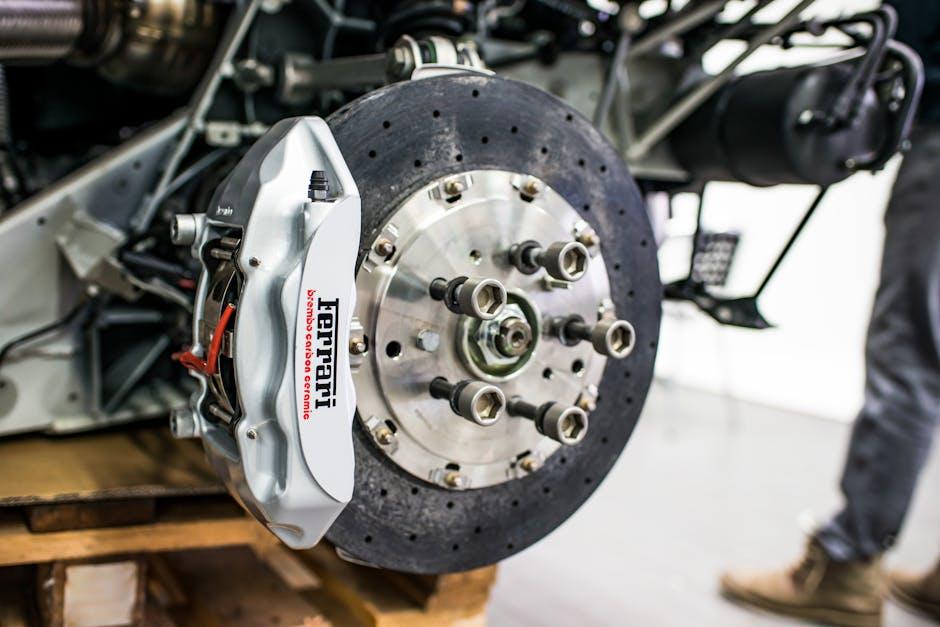
Common Mechanical Issues Leading to Brake Failure
Brake failure often stems from overlooked mechanical faults that quietly worsen over time. One of the most common issues is worn brake pads. As pads thin down, they lose friction efficiency, leading to longer stopping distances and increased wear on other components. Similarly, deteriorated brake rotors can cause vibrations and reduced braking power as uneven surfaces disrupt the pad’s grip. Another sneaky culprit is brake fluid leaks, which not only lower hydraulic pressure but also introduce air bubbles into the system, severely compromising brake responsiveness.
Additionally, problems with the calipers — responsible for pressing pads against rotors — can cause uneven braking or even total failure if they seize or malfunction. The brake lines themselves should also be monitored, as corrosion or cracks can cause fluid loss and system collapse. Below is a quick reference table outlining these key mechanical issues and their typical symptoms, offering a handy guide for initial diagnostics:
| Mechanical Issue | Common Symptoms | Impact |
|---|---|---|
| Worn Brake Pads | Squealing noise, reduced stopping power | Longer stopping distances |
| Warped Rotors | Vibration or pulsation when braking | Uneven braking efficiency |
| Brake Fluid Leak | Soft brake pedal, fluid puddles under car | Loss of hydraulic pressure |
| Seized Calipers | Vehicle pulling to one side | Uneven pad wear, reduced braking |
| Damaged Brake Lines | Visible cracks or corrosion | Potential brake failure |
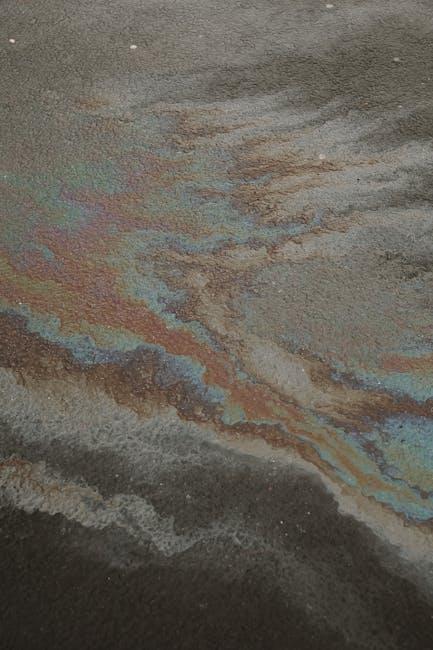
The Impact of Brake Fluid Contamination and Leakage
Contaminated brake fluid is a silent saboteur in your vehicle’s braking system. Over time, moisture, dirt, and debris can infiltrate the brake fluid, significantly reducing its boiling point and compromising its ability to transfer pressure effectively. This not only results in a spongy brake pedal feel but can also lead to partial or total brake failure during critical moments. The presence of water accelerates corrosion within the brake lines and components, eroding metal parts and creating leaks that further diminish braking performance.
Leakage of brake fluid often stems from worn seals, damaged brake lines, or improper maintenance. Once fluid escapes, the hydraulic pressure that powers the brake calipers or wheel cylinders drops, directly impairing stopping power. Drivers must watch for signs such as a soft brake pedal, decreased responsiveness, or visible fluid puddles under the car. Regular fluid inspections and replacement are essential for safety, as even minor leaks can cascade into major system failures, putting lives at risk.
| Contamination Source | Effect on Braking | Signs to Watch For |
|---|---|---|
| Water Ingress | Lowered boiling point, corrosion | Spongy pedal, rusted components |
| Dirt and Debris | Blockage, uneven pressure | Poor brake response, noises |
| Seal Damage | Fluid leaks, pressure loss | Fluid puddles, soft pedal |
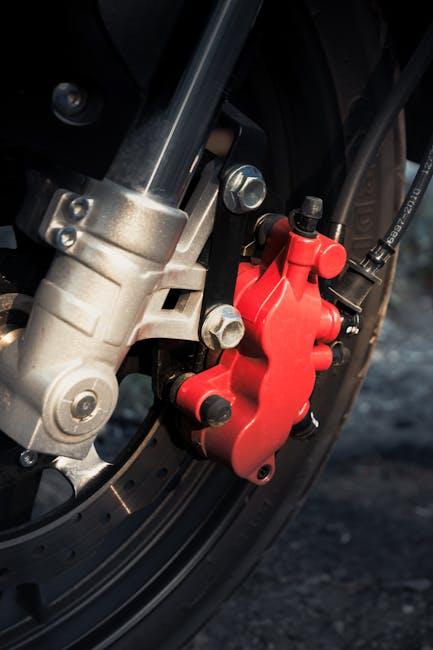
How Worn Brake Pads and Rotors Compromise Safety
When brake pads and rotors wear down, the vehicle’s ability to slow or stop effectively diminishes drastically. Thin brake pads lose the friction material necessary to grip the rotor, causing a longer stopping distance that can catch drivers off guard, especially in emergency situations. Additionally, worn rotors develop grooves, cracks, or warping, which reduces contact with the brake pads and may lead to vibrations or a spongy brake pedal sensation. These subtle but dangerous symptoms often go unnoticed until they cause a serious safety hazard.
Signs your braking system may be compromised include:
- Squealing or grinding noises when braking
- Increased pedal travel or need for more pressure
- Vibrations felt through the steering wheel or brake pedal
- Car pulling to one side when stopping
Ignoring these warnings can result in unpredictable brake failure, greatly increasing crash risk. Staying on top of brake pad and rotor maintenance is essential for maintaining safe, responsive braking performance under all driving conditions.
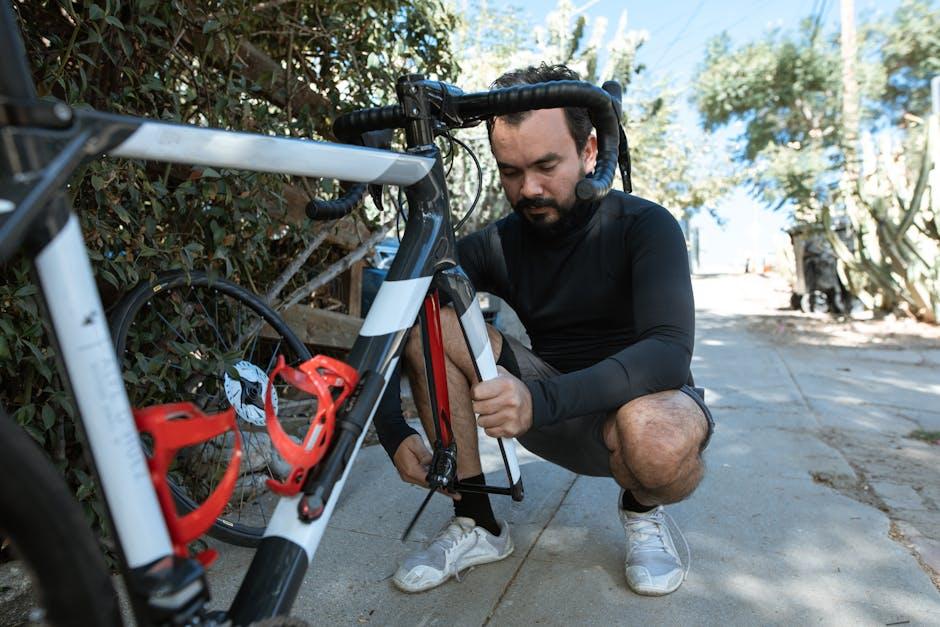
The Role of Improper Brake Maintenance in System Breakdown
Neglecting regular brake maintenance can be a silent saboteur, gradually undermining the integrity of your brake system until a complete failure occurs. Components such as brake pads, rotors, and fluid require periodic inspection and replacement; skipping these essentials accelerates wear and may lead to disastrous malfunctions. Small issues like worn-out pads or contaminated brake fluid can spiral into bigger problems, causing the system to operate inefficiently or even fail entirely when you need it most.
Common signs of improper upkeep include squeaking noises, reduced braking performance, and a spongy brake pedal. These symptoms indicate underlying damage that grows worse over time without attention. To illustrate key maintenance missteps, consider the following:
- Ignoring brake fluid changes: Causes moisture buildup leading to corrosion and degraded hydraulic pressure.
- Delaying brake pad replacement: Risk of metal-to-metal contact ruining rotors and brake calipers.
- Overlooking rotor resurfacing or replacement: Leads to uneven braking and vibration issues.
| Maintenance Task | Impact of Neglect | Recommended Interval |
|---|---|---|
| Brake Pad Replacement | Damage to rotors, reduced stopping power | Every 30,000 to 70,000 miles |
| Brake Fluid Change | Corrosion, brake fade | Every 2 years or 24,000 miles |
| Rotor Inspection | Vibration, uneven braking | At every brake service |

Environmental Factors Affecting Brake Performance
When it comes to maintaining optimal stopping power, the surrounding environment can play a surprisingly pivotal role. Humidity, for instance, often causes brake rotors to develop a thin layer of rust after periods of inactivity, which may lead to diminished brake responsiveness during the initial presses. Similarly, extreme temperatures—whether blistering heat or biting cold—can alter the physical properties of brake components. High heat can cause brake fluid to vaporize, reducing hydraulic pressure, while cold can thicken the fluid, making braking sluggish and less precise.
Another critical environmental element is the presence of contaminants. Dust, dirt, and salt—especially in coastal or wintery regions—can infiltrate brake assemblies, leading to premature wear or corrosion. Consider these factors that most frequently undermine brake reliability:
- Moisture accumulation causing corrosion
- Road salt accelerating component degradation
- Dust particles wearing down pads and discs
- Abrupt temperature shifts affecting brake fluid viscosity
| Environmental Factor | Effect on Brakes | Common Region |
|---|---|---|
| High Humidity | Rotor surface rust | Coastal areas |
| Extreme Heat | Brake fluid vaporization | Deserts |
| Winter Salt | Component corrosion | Snowy regions |
| Dust & Dirt | Increased pad wear | Rural/Off-road |
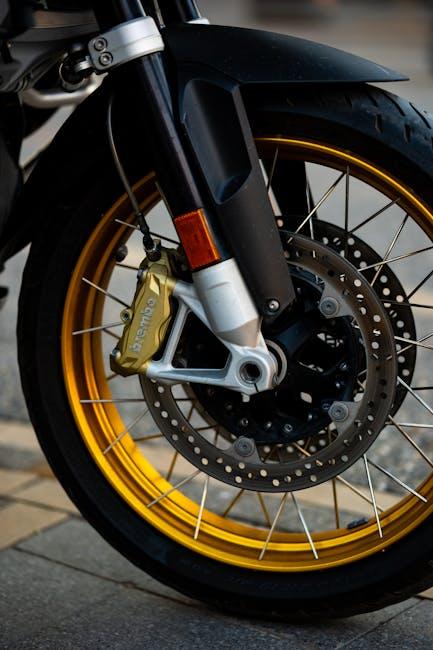
Essential Tips for Preventing Brake Malfunctions Through Regular Checks
Maintaining your vehicle’s brake system is crucial for safety and performance, and regular inspections can prevent unexpected failures. Schedule routine checks to assess brake pads, discs, and fluid levels. Look out for signs like unusual noises, vibrations, or a spongy brake pedal, which can indicate wear or air in the brake lines. Consistency is key—every 10,000 to 15,000 miles is a good guideline, but always consult your owner’s manual for specific recommendations.
- Check brake fluid for contamination or low levels
- Inspect brake pads for thickness and wear patterns
- Examine rotors for grooves or warping
- Ensure brake calipers are functioning properly
- Test brake hoses and lines for leaks or cracks
| Component | Check Frequency | Common Issue |
|---|---|---|
| Brake Pads | Every 10,000 miles | Wear and thinning |
| Brake Fluid | Every 20,000 miles or 2 years | Contamination & low level |
| Rotors | Every 15,000 miles | Warping or scoring |
Q&A
Q&A: Top Causes of Brake Failure
Q1: What are the most common causes of brake failure?
A1: Brake failure most often stems from worn brake pads, low brake fluid levels, or leaking brake lines. Other frequent culprits include overheated brakes, malfunctioning brake calipers, and contaminated brake fluid.
Q2: How does worn brake pads lead to brake failure?
A2: Brake pads provide the necessary friction to slow your vehicle. When they wear down too thin, they lose effectiveness, causing longer stopping distances and, eventually, complete brake failure if not replaced in time.
Q3: Can brake fluid issues cause brakes to fail?
A3: Absolutely. Brake fluid is vital for transferring force from the brake pedal to the brake components. Low fluid levels, often due to leaks or neglect, make the brakes feel spongy or unresponsive, which can lead to failure.
Q4: What role does brake overheating play in brake failure?
A4: Overheating brakes—often from excessive or prolonged braking—cause the brake components to lose their ability to grip efficiently, a phenomenon known as “brake fade.” This temporary loss of braking power can be dangerous if not managed properly.
Q5: Are brake line issues a common cause of failure?
A5: Yes. Brake lines carry hydraulic fluid, so any cracks, corrosion, or leaks can drastically reduce braking pressure, leading to partial or total brake failure.
Q6: How can drivers prevent brake failure?
A6: Regular maintenance is key: check and replace worn brake pads, monitor brake fluid levels, inspect brake lines, and avoid riding the brakes, especially on long descents. Prompt attention to any unusual brake noises or sensations can also prevent failure.
Q7: Is contamination of brake fluid serious?
A7: Very. Contaminants like moisture can reduce the boiling point of brake fluid, causing vapor locks under heavy braking, which leads to ineffective braking performance and potential failure.
Q8: Can neglected brake system components other than pads cause failure?
A8: Definitely. Calipers, rotors, and drums require upkeep. Rusty or stuck calipers, warped rotors, and worn drums can severely impair braking efficiency and contribute to failure over time.
Q9: What should a driver do if brake failure occurs while driving?
A9: Stay calm, gently downshift to lower gears to slow the vehicle, use the emergency brake carefully, and steer safely to the roadside. Avoid sudden, aggressive movements and seek professional help immediately.
Q10: Are certain driving habits more likely to cause brake failure?
A10: Yes. Riding the brakes, frequent hard stops, and carrying heavy loads without adequate precautions can accelerate brake wear and increase the risk of failure. Smart driving habits protect both your brakes and your safety.
In Retrospect
Understanding the top causes of brake failure is more than just a cautionary tale—it’s a roadmap to safer journeys ahead. By recognizing the warning signs and keeping your brake system in check, you empower yourself to avoid unexpected failures and ensure every stop is a safe one. After all, the road may be unpredictable, but your brakes don’t have to be. Stay informed, stay vigilant, and keep your travels smooth and secure.
